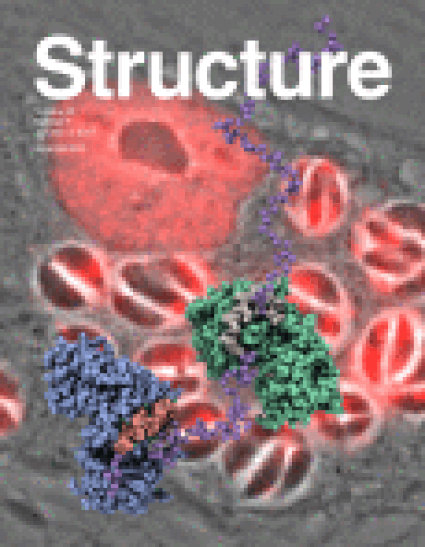
The β-barrel assembly machine (BAM) mediates the biogenesis of outer membrane proteins (OMPs) in Gram-negative bacteria. BamA, the central BAM subunit composed of a transmembrane β-barrel domain linked to five polypeptide transport-associated (POTRA) periplasmic domains, is thought to bind nascent OMPs and undergo conformational cycling to catalyze OMP folding and insertion. One model is that conformational flexibility between POTRA domains is part of this conformational cycling. Nuclear magnetic resonance (NMR) spectroscopy was used here to study the flexibility of the POTRA domains 1–5 in solution. NMR relaxation studies defined effective rotational correlational times and together with residual dipolar coupling data showed that POTRA1–2 is flexibly linked to POTRA3–5. Mutants of BamA that restrict flexibility between POTRA2 and POTRA3 by disulfide crosslinking displayed impaired function in vivo. Together these data strongly support a model in which conformational cycling of hinge motions between POTRA2 and POTRA3 in BamA is required for biological function.
Available at: http://works.bepress.com/lisa-warner/25/
